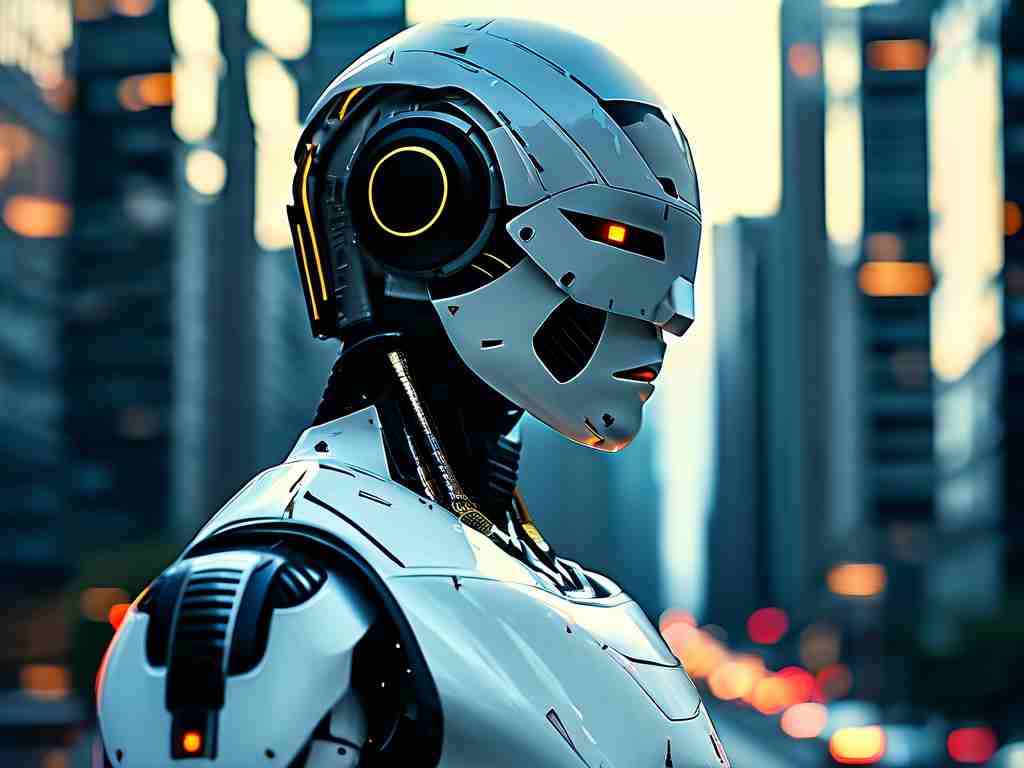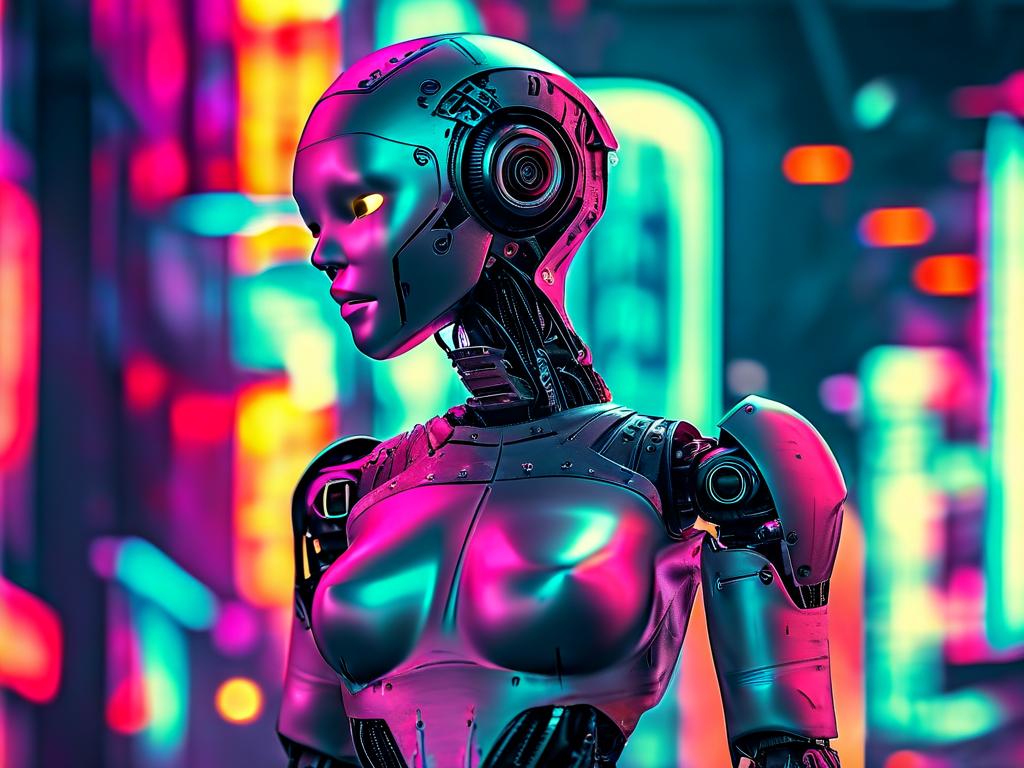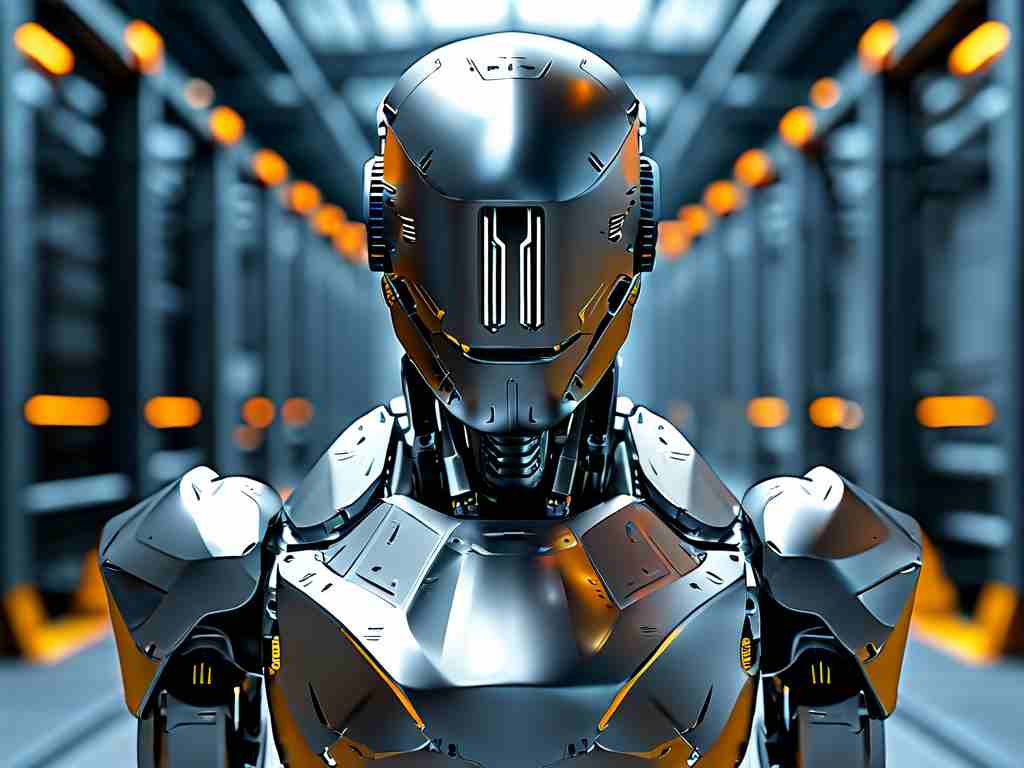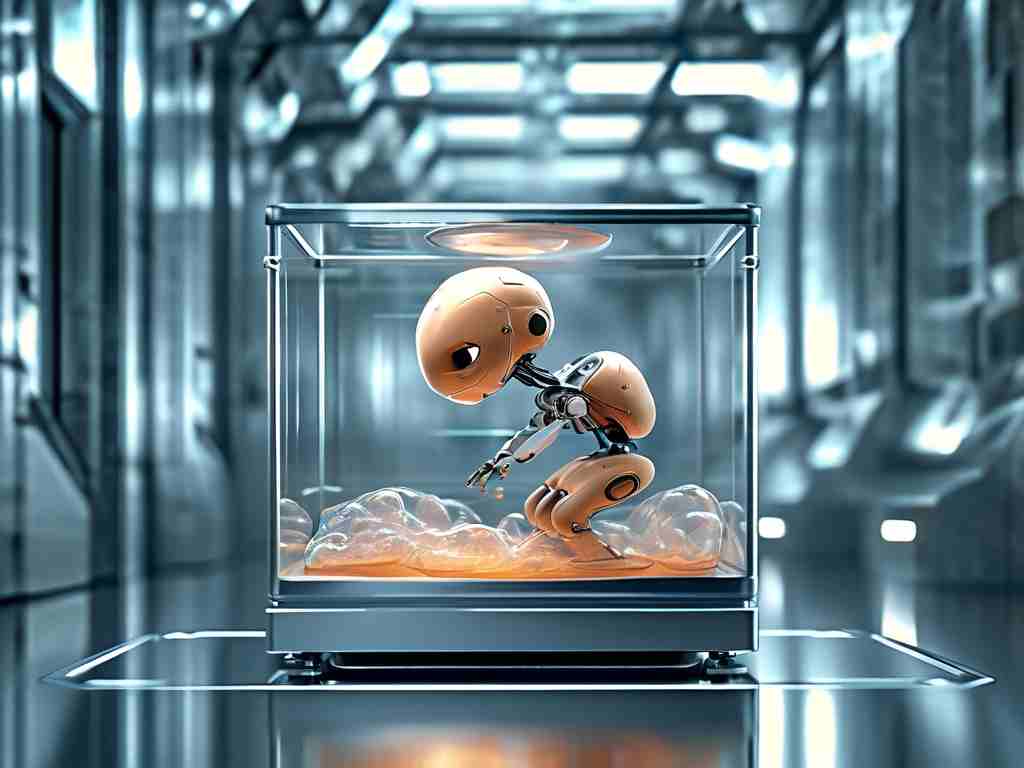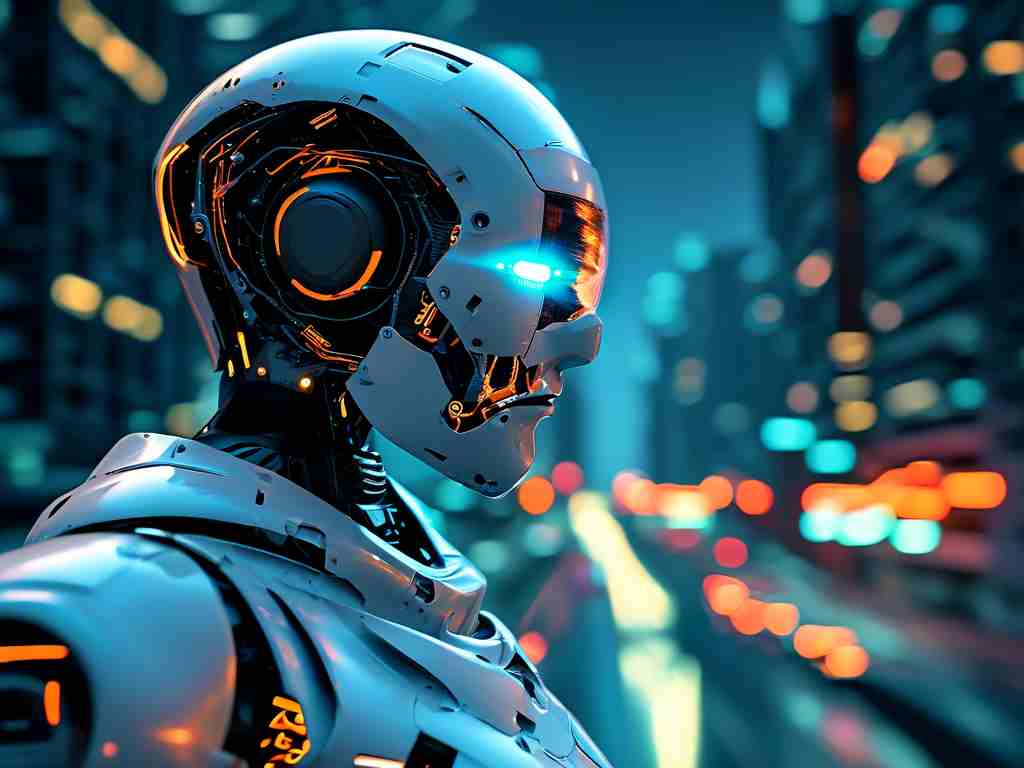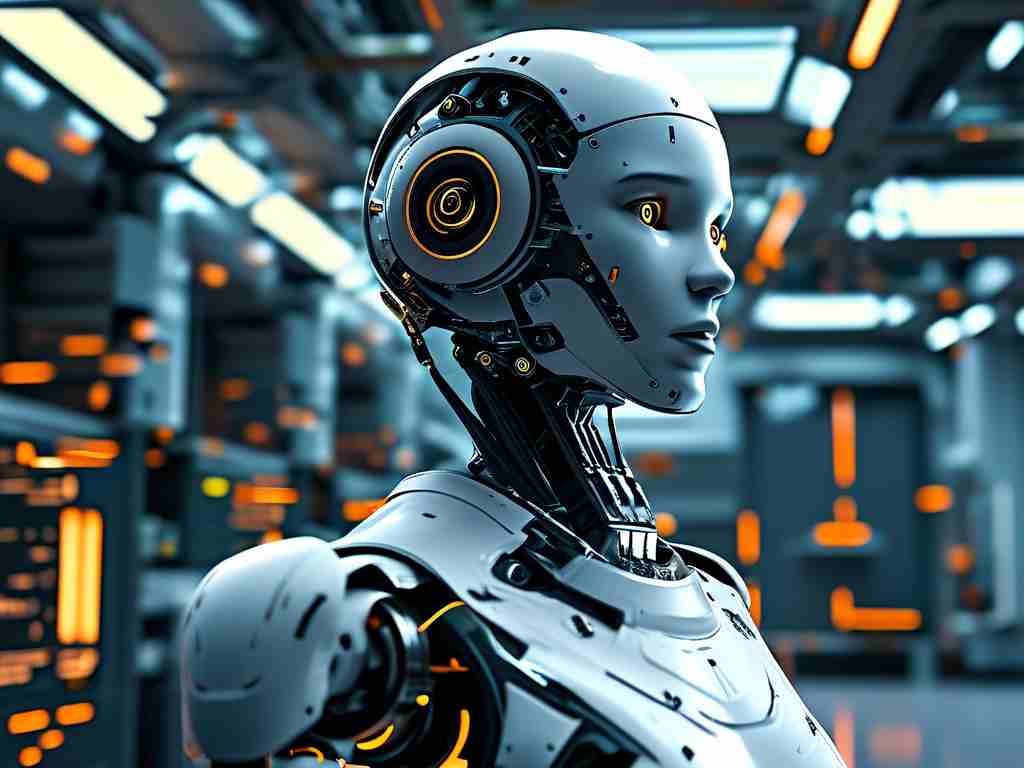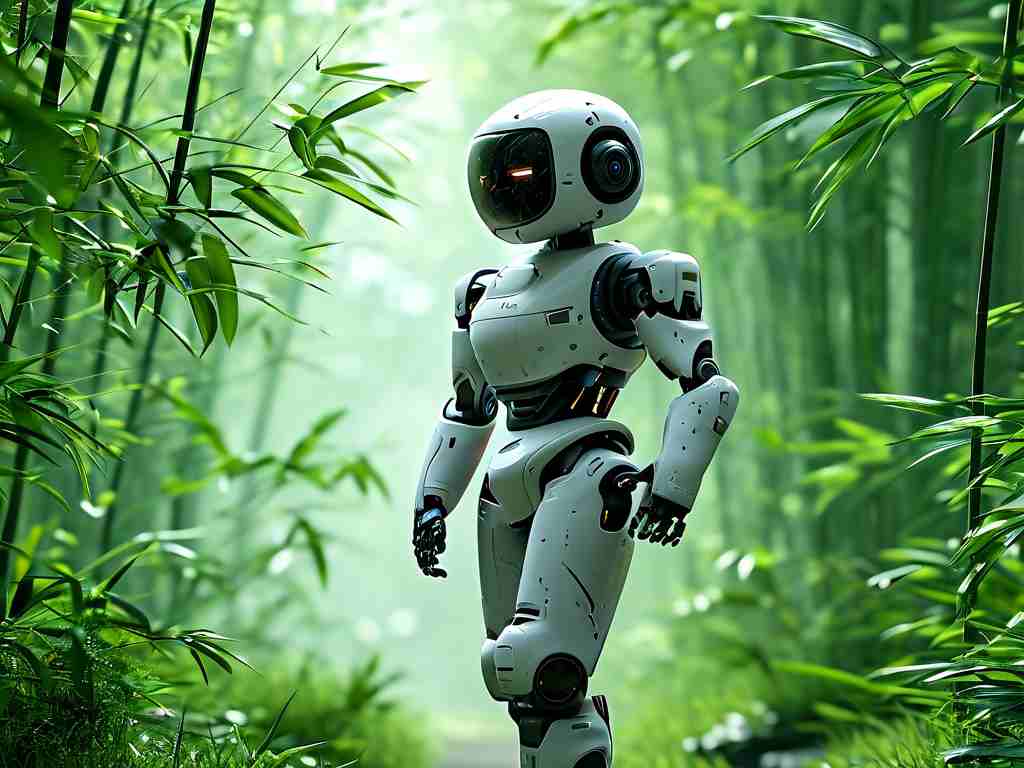The year 2023 has marked a pivotal moment in the evolution of humanoid robotics, with advancements reshaping industries and redefining human-machine collaboration. As engineers and researchers push the boundaries of artificial intelligence, biomechanics, and material science, these machines are transitioning from experimental prototypes to functional assets in real-world applications.
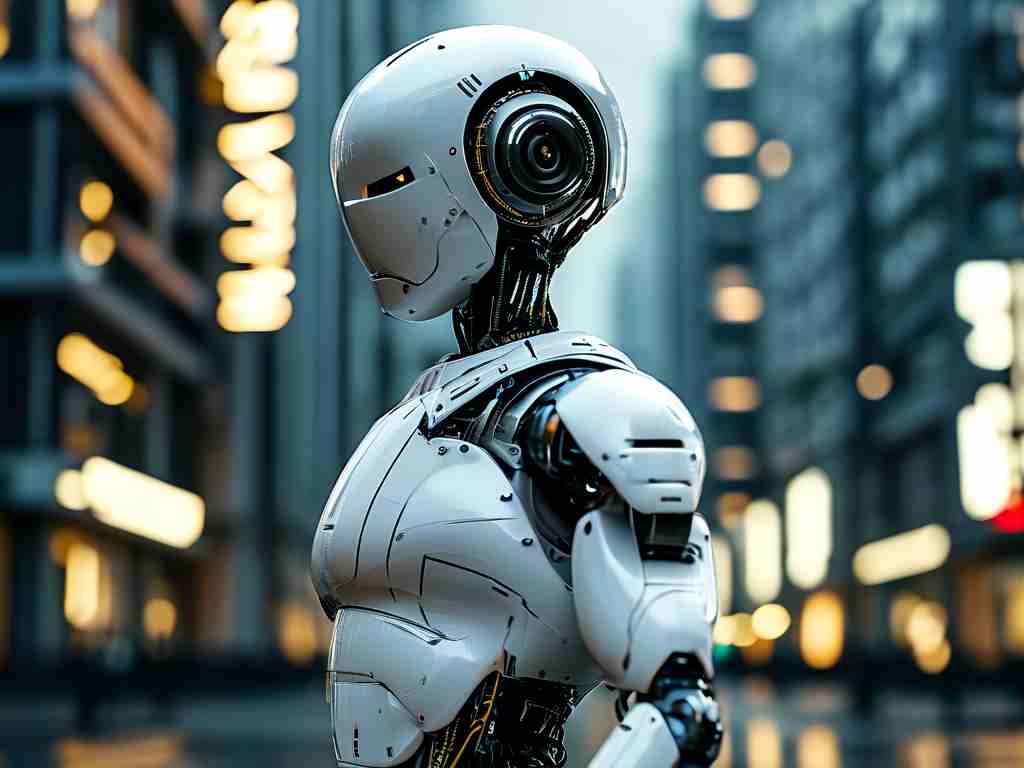
Core Technological Innovations
One of the most notable breakthroughs lies in adaptive motion control systems. Unlike earlier models that relied on preprogrammed movements, 2023’s humanoid robots leverage reinforcement learning algorithms to dynamically adjust their balance and gait. For instance, a recent project by Boston Dynamics integrates proprioceptive sensors with neural networks, enabling robots like "Atlas" to navigate uneven terrain while carrying payloads. This leap in agility has opened doors for deployment in disaster response scenarios, where robots can traverse rubble or unstable surfaces without human intervention.
Energy efficiency has also seen dramatic improvements. Traditional humanoid designs struggled with power consumption due to complex servo mechanisms. However, the adoption of hybrid actuation systems—combining hydraulic actuators with lightweight electric motors—has extended operational durations by 40%. Companies like Tesla Optimus now promise 12-hour continuous operation on a single charge, making them viable for industrial assembly lines and logistics.
AI-Driven Cognitive Enhancements
Natural language processing (NLP) frameworks have reached unprecedented accuracy levels. OpenAI’s collaboration with robotics firms has yielded models capable of contextual understanding, allowing robots to interpret vague commands like "Organize the tools neatly" by cross-referencing environmental data. For example, a factory robot might identify scattered wrenches and arrange them by size without explicit instructions.
Another milestone is multimodal perception. Modern humanoids fuse visual, auditory, and tactile inputs using transformer architectures. A case in point is Honda’s updated ASIMO prototype, which can now recognize facial expressions and adjust its responses accordingly. This emotional intelligence layer is critical for healthcare applications, where robots assist patients with dementia by detecting distress signals in tone or posture.
Industry-Specific Applications
In healthcare, humanoids are revolutionizing patient care. Japan’s AIST has deployed experimental units in elder care facilities, where robots monitor vital signs and administer medication. These machines use UV-C sterilization modules to minimize infection risks—a feature that gained traction post-pandemic.
Manufacturing sectors benefit from precision and scalability. BMW’s recent partnership with Apptronik introduced humanoid workers capable of installing microchips in vehicles. Unlike static robotic arms, these units can switch tasks on demand, such as quality inspection or part retrieval, reducing downtime by 30%.
Retail and hospitality are also adopting the technology. SoftBank’s Pepper robot, upgraded with GPT-4 integration, now handles complex customer queries in multiple languages. Hotels in Singapore use similar models for concierge services, from check-ins to personalized travel recommendations.
Ethical and Technical Challenges
Despite progress, debates over ethics persist. The European Union’s proposed "AI Liability Directive" highlights concerns about accountability when robots malfunction. For example, if a humanoid surgeon makes an error during an operation, determining legal responsibility—manufacturer, programmer, or hospital—remains unresolved.
Technical hurdles include fine motor skills. While robots excel at macro-level tasks like lifting boxes, delicate actions such as threading needles or handling fragile objects still require human oversight. MIT’s recent study emphasizes the need for haptic feedback systems that mimic human touch sensitivity, a feature still in early development.
Future Outlook
Looking ahead, experts predict seamless human-robot coexistence by 2030. Key focus areas include swarm intelligence (multiple robots collaborating on tasks) and edge computing for real-time decision-making. Projects like NASA’s Valkyrie—a humanoid designed for Mars missions—underscore ambitions beyond Earth, where robots could construct habitats ahead of human colonists.
In summary, 2023 has accelerated the integration of humanoid robotics into daily life. From healthcare to space exploration, these machines are not merely tools but partners in solving global challenges. As technology matures, the dialogue between innovation and regulation will shape their role in society—a balance between boundless potential and mindful stewardship.


